 Abraham Lincoln
If given the truth, the people can be depended upon to meet any national crisis...
Abraham Lincoln
If given the truth, the people can be depended upon to meet any national crisis...
 Guildford news...
for Guildford people, brought to you by Guildford reporters - Guildford's own news service
Guildford news...
for Guildford people, brought to you by Guildford reporters - Guildford's own news service
Birdwatcher’s Diary No.52
Published on: 1 Jan, 2014
Updated on: 1 Jan, 2014
By Malcolm Fincham
“Let it thunder let it whistle, let it blow like hell I’m not really minding,” ….. some lyrics from an excellent song called United States of Mind, by the late, great Alan Hull of the Geordie folk-rock group Lindisfarne, most popular in the 1970s.
Very apt in my view for the incredible two weeks of wild weather we’ve all had to suffer since my previous report.
With most of the Northern Hemisphere now covered by snow and ice however (see latest satellite pictures), perhaps we should be grateful in a small way in the UK or at least in the Surrey area that the strong but relatively warm Atlantic Jet Stream hasn’t drifted south of the UK as I was expecting and noted in one of my earlier reports.
Check latest jet stream chart.
Unfortunately, winter is far from over and I fear some much colder weather to arrive by the middle of January.
With the weather as it has been in the past few weeks time and days to venture out over the Christmas period have been very limited. It was of great fortune to get a small posse of bird watching enthusiasts together on Sunday, December 22, for our annual trip to the Isle of Sheppey.
It turned out to be one of the only few dry and pleasant days during the festive period. (In fact, I heard the next day on the national news that the bridge to the island was closed to all traffic due to high winds and torrential rain.)
With rain clearing by 9.30am at Elmley Marshes, our first port of call on the island, the sun shining through gave atmospheric views of large swathes of waders and wildfowl rising up. They became agitated by various opportunist birds of prey, the most prevalent of which being the marsh harrier.
This was once a rarity to the UK, due to persecution along with all birds of prey, but fortunately these days most people are educated enough to realise such birds are all part of natures balance.
Other such birds as peregrine, barn owl and kestrel, also under the heading of ‘raptor’, were also counted, but we had to discount one of my colleague’s claims for a possible ring-tailed (female) hen harrier due to lack of ID from the rest of the crew!
It’s said that the name of the common snipe is where the word sniper comes from, due to the fact it was a prized kill for a game hunter who was able to shoot one as it zigzagged in flight. Although a little out of focus with my picture of one, I was especially pleased to be able to shoot two (with my camera) as they flew in across some water.
Other pleasing pictures I took included a reasonably close-up shot of a ruff. Only a handful of these birds breed in this country and I have yet to see the spectacular sight of a male in full summer plumage. See this You Tube clip of male in summer plumage.
Our next and final port of call on the island was Harty Marshes which now includes a mound especially built to view ‘raptors ‘.
Although this was less productive than other years, with just common buzzard in the way of a veriety of birds of prey to add to our day list.
As the sun began to descend, a covey of red-legged partridges appeared from nowhere only to disappear to roost in the reed beds.
Also, in the distance a murmuration of starlings could be seen.
To close the day and just after a flock of shelduck flew over heading for their roost, flying low at distance we were able to all agree, and I was even able to get a record shot of a, ring-tailed hen harrier.
Another rare sunny day on Sunday, December 29, brought with it an opportunity to visit Warnham Nature reserve near Horsham in West Sussex.
With feeders regularly filled at the ‘feeding station hide’, it allows a great opportunity to get close up and personal – especially for the young enthusiast to recognise a wide range of our feathered friends at close quarters.
This also gives me a splendid chance to take a number of very pleasing photos without too much effort, relaxed and with a flask of coffee.
With such a well set out visitor centre, tea room, plus activities and events, it did leave me to wonder why one should have to venture out of Surrey and why such a place cannot exist somewhere more local to the Guildford area. Somewhere families and even small school parties could visit to learn and view nature. Just another pipedream perhaps? Pipedream – that takes me back to 1970s song I quoted at the start of this report and thetitle (Pipedream) of the album by Alan Hull that it appears on.
Happy 2014 to one and all!
Recent Articles
- Guildford Institute’s Crowdfunding Project for Accessible Toilet in its New Community and Wellbeing Centre
- Letter: Guildford – Another Opportunity Missed?
- Letter: GBC’s Corporate Strategy – Where Is the Ambition?
- My Memories of John Mayall at a Ground-breaking Gig in Guildford Nearly Six Decades Ago
- Westborough HMO Plans ‘Losing the Heart of the Street’ Says Resident
- College Invests to Boost Surrey’s Economy and Close Digital Skills Gap
- Community Lottery Brings Big Wins for Local Charities
- GBC Housing Plan Promises ‘A Vibrant Urban Neighbourhood’ Near Town Centre
- Hospital Pillows ‘Shortage’ at the Royal Surrey
- Updated: Caravans Set Up Camp at Ash Manor School


Search in Site
Media Gallery
Dragon Interview: Local Artist Leaves Her Mark At One of England’s Most Historic Buildings
January 21, 2023 / No Comment / Read MoreDragon Interview: Lib Dem Planning Chair: ‘Current Policy Doesn’t Work for Local People’
January 19, 2023 / No Comment / Read MoreA3 Tunnel in Guildford ‘Necessary’ for New Homes, Says Guildford’s MP
January 10, 2023 / No Comment / Read More‘Madness’ for London Road Scheme to Go Ahead Against ‘Huge Opposition’, Says SCC Leader
January 6, 2023 / No Comment / Read MoreCouncillor’s Son Starts Campaign for More Consultation on North Street Plan
December 30, 2022 / No Comment / Read MoreCounty Council Climbs Down Over London Road Works – Further ‘Engagement’ Period Announced
December 14, 2022 / No Comment / Read MoreDragon Interview: GBC Reaction to the Government’s Expected Decision to Relax Housing Targets
December 7, 2022 / No Comment / Read MoreHow Can Our Town Centre Businesses Recover? Watch the Shop Front Debate
May 18, 2020 / No Comment / Read More



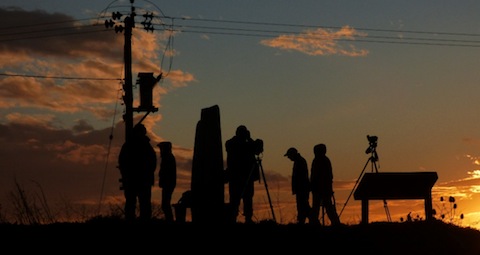
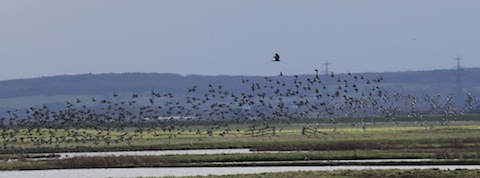
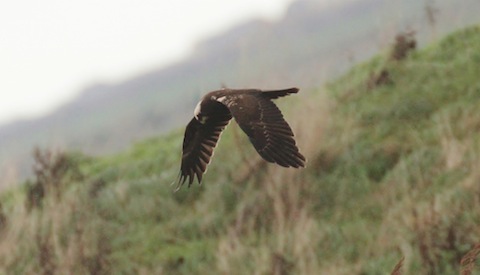
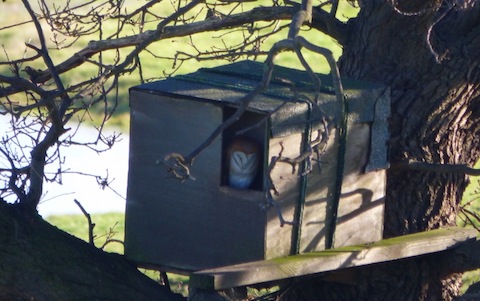



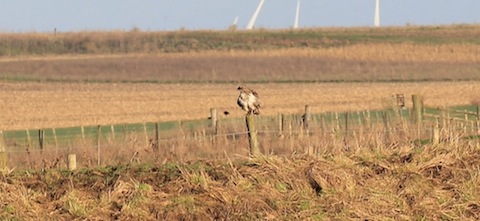

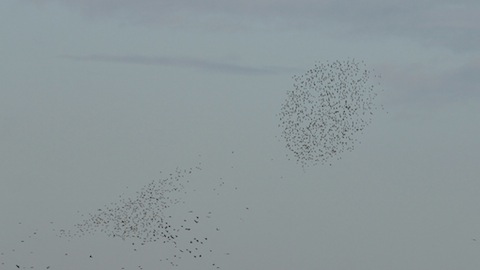
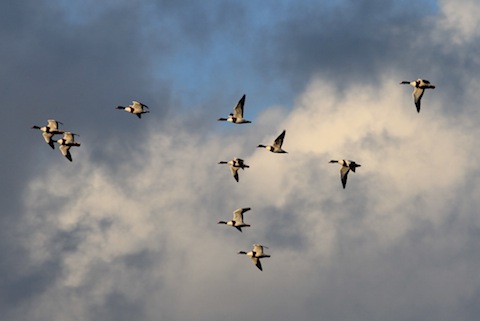
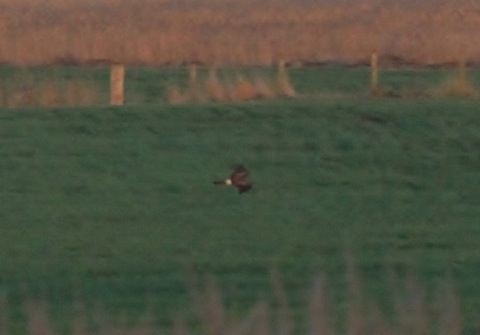
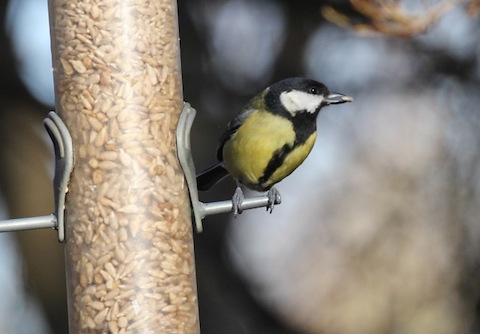
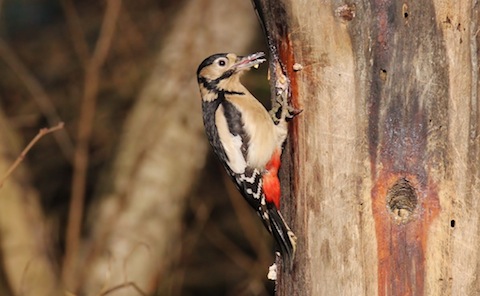
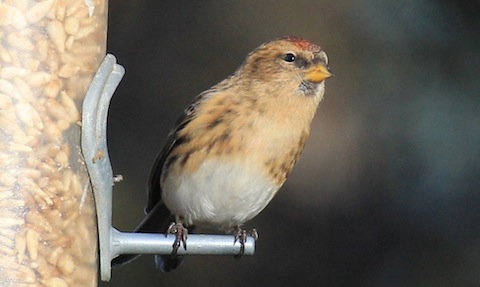
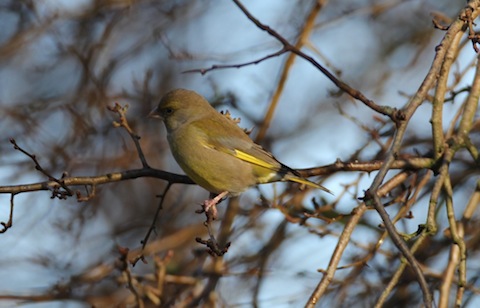
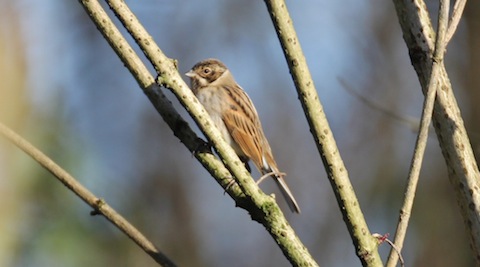
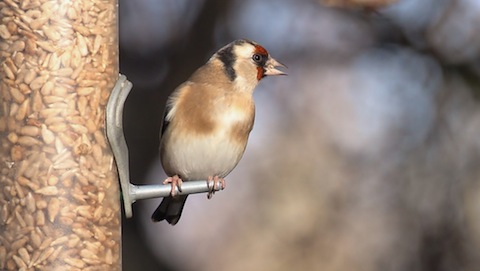








Recent Comments